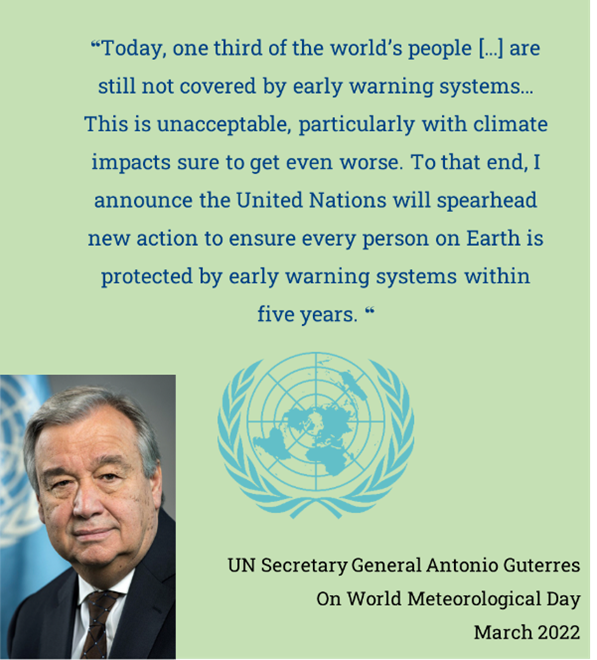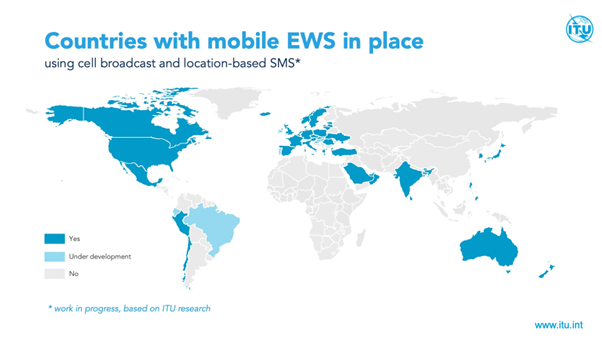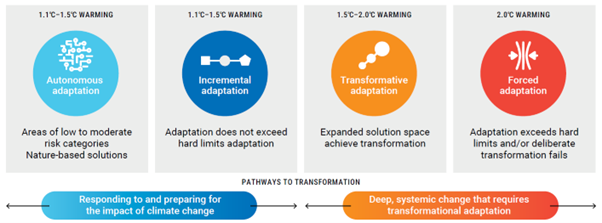


Taking place under the umbrella of the Korea Global Adaptation Week (KGAW) 2023, the Regional NAP Expo for Asia and the Pacific was launched on 28 August 2023, at the Songdo Convensia, Incheon, Republic of Korea. The KGAW 2023 is organized under the theme “A New Era for Adaptation: Scaling Up and Transformation in Adaptation”and is comprised of the Regional UN4NAPs Forum, Adaptation Committee workshop on regional synergies, Resilience Frontiers working meeting, and the 8th Asia Pacific Network Forum.
The opening of the KGAW 2023 was graced by Mr. Sang Jun Lim, Vice Minister of the Environment of the Republic of Korea, with a keynote speech by Mr. Harry Vreuls, Chair of the Subsidiary Body for Scientific and Technological Advice (SBSTA) of the UNFCCC. The opening was also joined by Mr. Jeong-bok Yoo, the Mayor of Incheon Metropolitan City, Dr. Youssef Nassef, Director of the Adaptation division of the UNFCCC secretariat, and Dr. Chang Hoon Lee, the President of the Korea Environment Institute.
2023 marks an important year to scale up adaptation
The twenty-eighth Conference of the Parties (COP 28) will see adaptation move into a new phase, as the articulation of the global goal on adaptation (GGA) and the conclusion of the first global stocktake, are complementing the global temperature limit and the finance goal and form jointly a stronger climate ambition set. “It is essential to shift from short-term thinking to long-term sustainable strategies. This paradigm shift is a prerequisite for any meaningful change”, said Mr. Vreuls, when introducing latest developments under the GGA. With the articulation of the GGA, countries will be in a better position to set more ambitious goals and targets to guide the formulation and implementation of their national adaptation plans (NAPs).
Everyone has a critical role to play to scale up and transform adaptation to climate change
During the introduction and framing of the NAP Expo and UN4NAPs Forum, it became evident that communication is key among stakeholders and that top-down and bottom-up approaches must work in alignment. There is a need to recognize and promote local and national expertise. In addition, clear institutional arrangements and capacities at both the national and local levels are essential.
Figure 1: Principles applied in the formulation of Nepal’s national adaptation plan

Access to multi-hazard early warning systems are most effective means to reduce mortality and economic losses
Resilience starts with early action. Early warning systems (EWS) remain at the forefront of adaptation needs and priorities. Again, for effective EWS, a joint bottom-up and top-down approach is necessary.


There is a wealth of innovative approaches countries can build on
The framework for transformative adaptation will need to strengthen early warning systems for all, regional approach for addressing transboundary risks, building resilient infrastructure and innovative financing. Countries are faced with situations and climate change challenges that are unprecedented and that require new thinking. This is particularly true for situations in which hazards occur within a short time span, leading to compound and cascading risks, surpassing the capacities of some countries, especially small island developing States and least developed countries.
For countries to be better prepared, climate change adaptation needs to be integrated across sectors, and a greater understanding of the processes and implications needs to be built in the general public, as well as among government officials and decision-makers in different ministries and areas of work.
Figure 2: Adaptation in a warming world. Seizing the moment: Targeting transformative disaster risk resilience, ADPC 2023 (UNESCAP)

About the regional NAP Expo for Asia and the Pacific
The NAP Expos, as the main adaptation expos, are effective at bringing together different actors and stakeholders to share experiences and lessons learned. The regional NAP Expo for Asia and the Pacific will explore how to increase the scope and depth of adaptation action through the NAP, including how to increase the volume of adaptation projects being supported through the various climate funds.